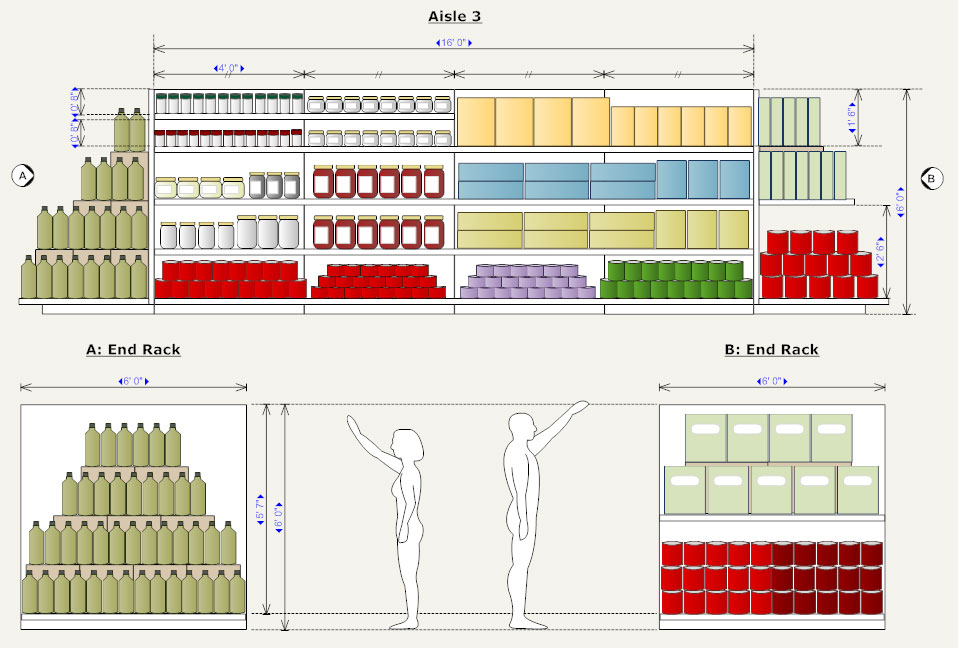
Over the years, other retailers took notice and began using them as well. It’s believed that K-Mart was the first store to use planograms. While hundreds of major retailers from across the globe now use planograms, their origins go back to the K-Mart. Other planograms may feature illustrations of pegboards or other visual merchandising displays. A typical planogram may feature a diagram of shelves along with the appropriate shelf height and the respective product to be displayed. The Oxford Dictionary defines “planograms” as “ a diagram or model that indicates the placement of retail products on shelves in order to maximize sales,” which is a pretty accurate definition by most standards. Thankfully, a planogram can make the process easier by guiding store owners and their employees on how to display their product.Ī planogram is exactly what it sounds like: a visual diagram that defines where and how product should be displayed. Blindly placing products on shelves with no sense of organization will result in a cluttered mess that discourages shoppers from making a purchase.


Ask any experienced retail store owner and they’ll agree: planning where and how to display merchandise is critical to a store’s success.


 0 kommentar(er)
0 kommentar(er)
